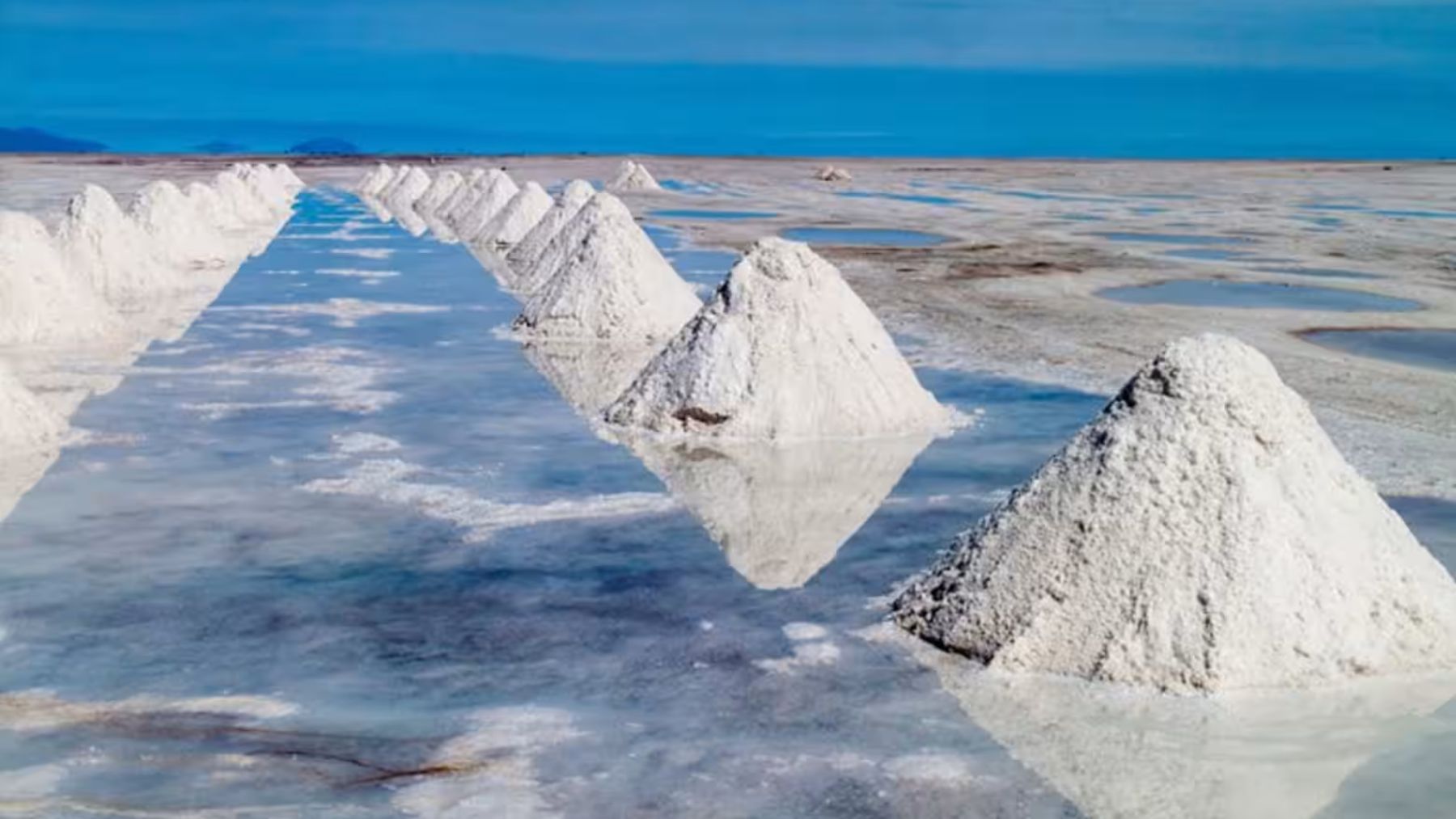The lithium battery recycling project captured the world’s attention, but what happens to some? white pyramids changes the world. There is talk of 23 million tons and its size Asturias. The global lithium market, an essential mineral for the energy transition and electrification, has experienced a significant price drop in recent months due to an imbalance between supply and demand.
According to a report from Adamas Intelligencethe sector could see a discreet recovery in 2025, with prices stabilizing at levels sustainable for producers.
This report highlights that despite the recent decline, lithium consumption continues to rise due to the accelerated progress of the electric vehicle (EV) industry. During the first 9 months of 2023 global demand for lithium increased by 20% compared to the same period last year, mainly driven by the development of rechargeable batteries.

The industry is facing a complex scenario as the global supply of lithium has increased significantly in recent years due to the exploitation of new mining projects and the expansion of existing activities.
This context has led to a supply surplus, which has affected prices, bringing them to levels below the historical peaks of 2022. Adamas Intelligence stresses that oversupply could gradually decrease in the coming years as the market finds a new equilibrium.

The analysis indicates that the recovery will be slow but steady, with prices that will allow producers to maintain optimal profitability margins and in turn remain an attractive product for future projects.
The future of the Earth could lie in these white pyramids
In this context, a Russian state-owned company will exploit the world’s largest lithium deposit, a salt lake the size of Asturias (l white pyramids what we were talking about). Bolivia has taken an important step in its objective to become one of the relevant agents in the global lithium industry, after reaching an agreement with the The Russian Uranium One group.
It is a state-owned company Rosatom. This alliance aims to build a lithium carbonate production plant in the Salar de Uyunione of the most impressive and richest lithium deposits in the world.
This project white pyramids It houses an investment of US$976 million and will use direct lithium extraction (DLE) technology. With this roadmap, the aim is to achieve a production of up to 14,000 tons of lithium for batteries per year, setting a precedent in the industrialization of the Lithium reserves in Bolivia.
If these figures were achieved, Bolivia would subsequently become the world’s third largest producer of lithium Australia j Chinathat practically goes hand in hand with the Asian country.
With 23 million tons of lithium, Bolivia It has the largest known lithium reserves in the world, according to data from the Geological Survey of the United States. However, so far they have failed to industrialize and exploit their reserves.
He Salar de Uyuni It is the largest lake in the world and the largest source of lithium in the world. Tierra. It has an area of about 10,500 square kilometers, almost the same Jamaicaand is currently attractive to tourists due to its reflective, mirror-like surface.
Bolivia is betting on its white pyramids, the future of humanity
The factory is located at 3,656 meters above sea level Salar de Uyuni Its production will start in the second half of 2025.
In short, in a few months the project will be completed white pyramidswhich could be a before and after for the world. However, there are other parts of the world where they are considering moving away from lithium and embracing this more efficient, safer and cheaper energy.

